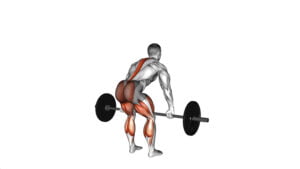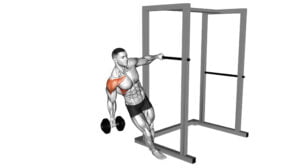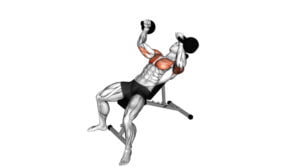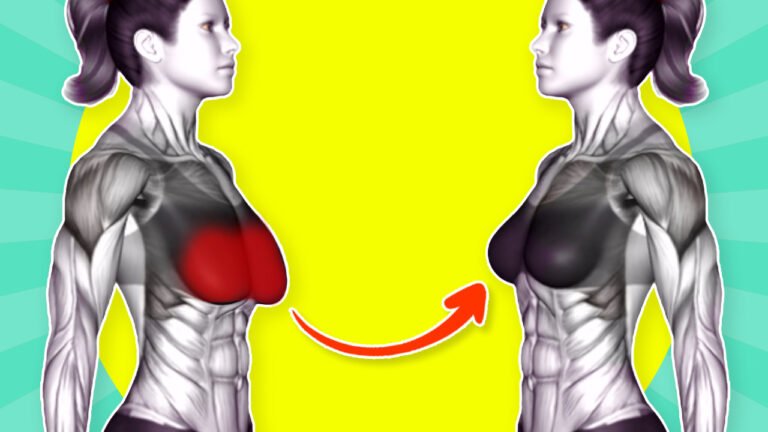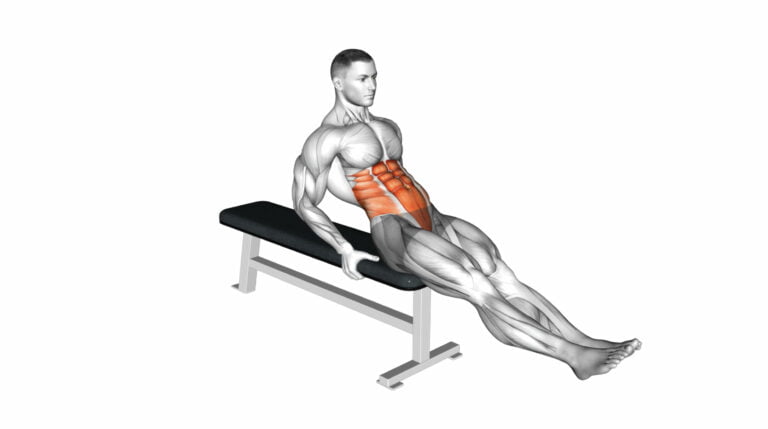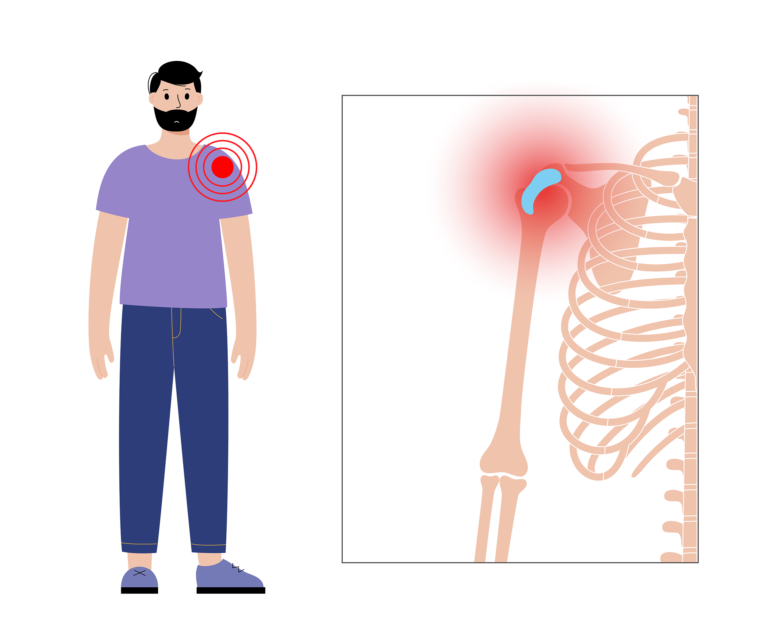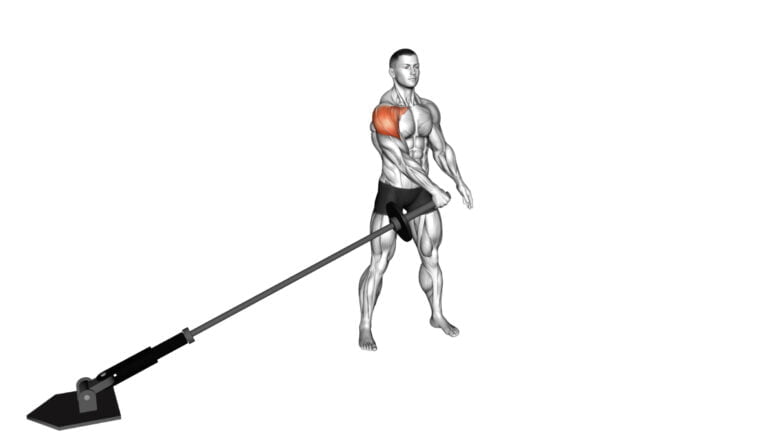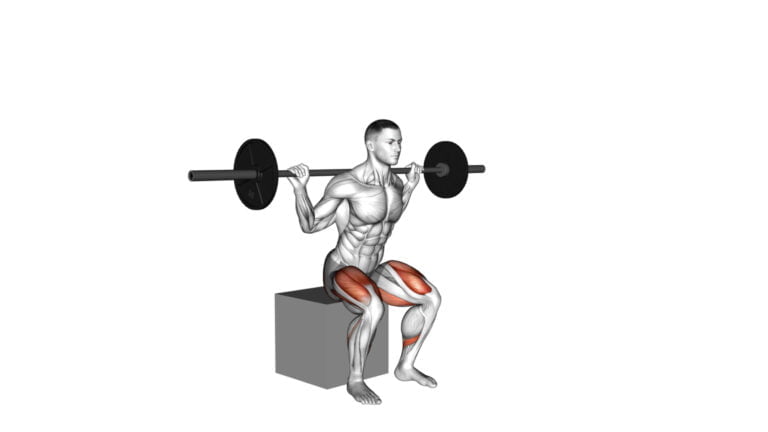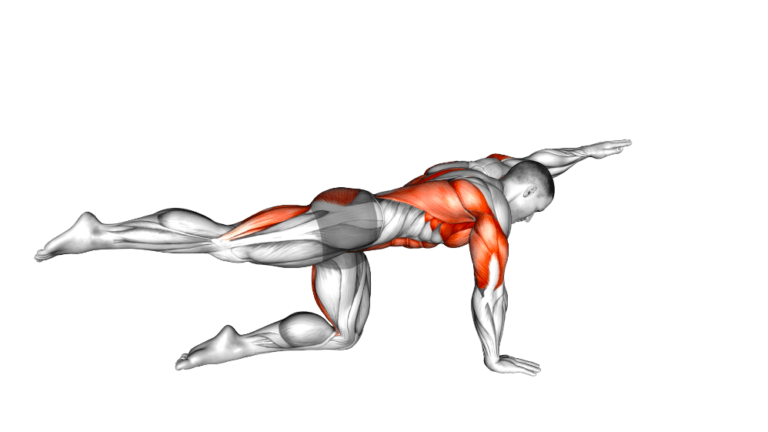10 Barbell Exercises For Hamstrings That Will Transform Your Leg Day
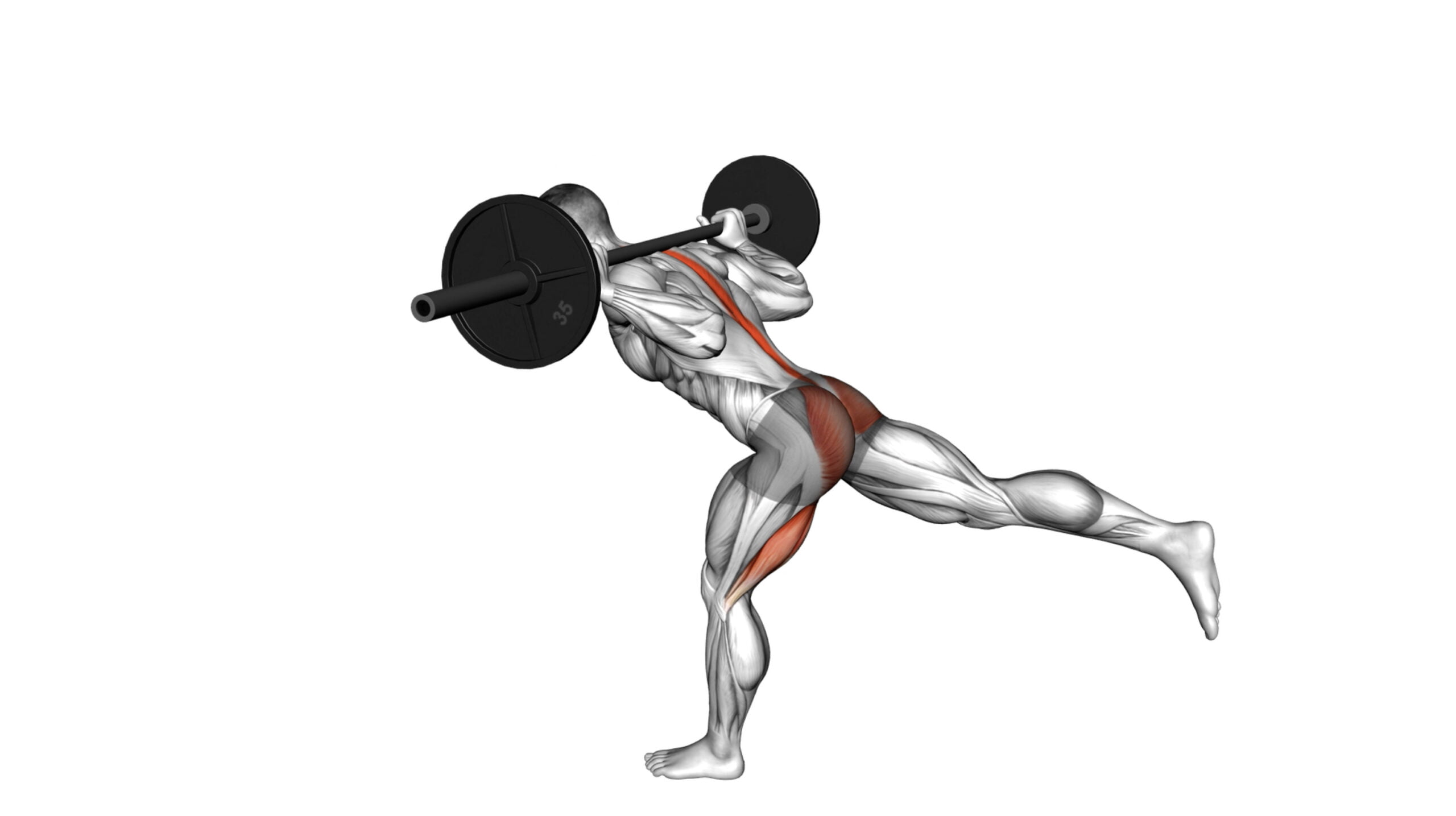
Many gym enthusiasts focus intensely on building their upper body and core, often overlooking the critical role hamstrings play in overall strength and stability. As a fitness coach with years of experience guiding athletes from various disciplines to peak performance, I’ve witnessed firsthand the transformative power of focused hamstring training.
Strong hamstrings are not just about achieving a balanced aesthetic; they are crucial for enhancing athletic performance and reducing injury risk.
Hamstring muscles—comprising the semitendinosus, semimembranosus, and biceps femoris—play a pivotal role in knee flexion, hip extension, and bolstering lower back support. Understanding how to effectively strengthen these muscles can significantly impact your physical activities, be it running faster or lifting more securely.
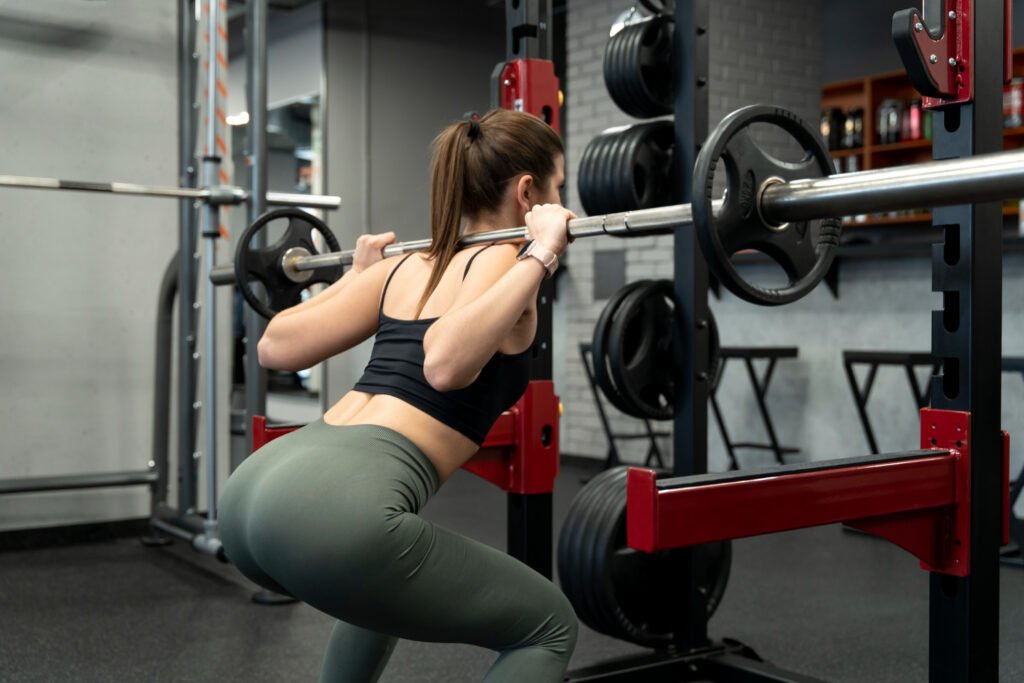
This article unlocks 10 essential barbell exercises tailored to build stronger hamstrings that promise results you can see and feel. Ready for an upgrade? Let’s dive in!
Key Takeaways
- Strong hamstrings play a crucial role in various athletic movements, helping to enhance performance and reduce injury risks. By focusing on exercises like the Barbell Clean Deadlift and Barbell Straight Leg Deadlift, you can significantly strengthen these muscles.
- The article introduces ten barbell exercises specifically designed to target the hamstrings, encouraging athletes to incorporate them into their routines for improved stability, power, and overall athletic abilities. Exercises such as the Landmine Sumo Squat and Barbell Hip Thrust are highlighted.
- To see results from these hamstring – focused workouts, it’s recommended to complete 3 to 4 sets of each exercise with 8 to 12 repetitions per set. Adjusting weight based on your strength level is crucial for maintaining proper form while challenging your muscles.
- Incorporating a variety of barbell exercises ensures comprehensive engagement of the lower body muscles, leading not only to stronger hamstrings but also improved balance and coordination essential for many sports activities.
- Emphasizing correct technique during complex movements is key; utilizing too much weight or skipping warm-up routines can increase the risk of injury. Choosing appropriate weights and focusing on form helps maximize workout benefits while minimizing potential harm.
The Importance of Strong Hamstrings
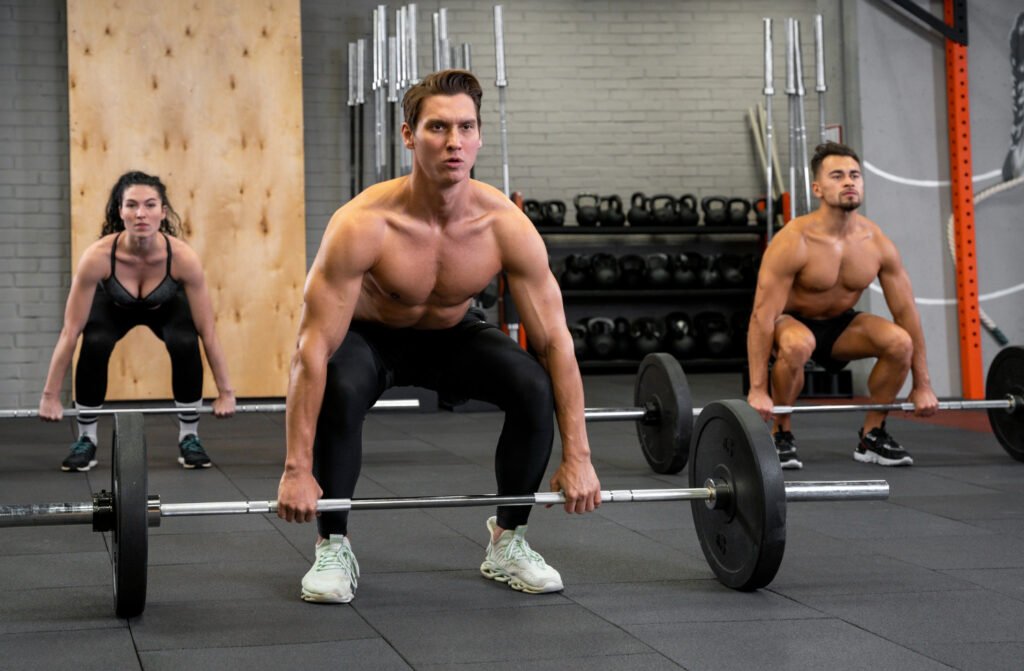
Strong hamstrings are crucial for stability and power in various athletic movements. They play a vital role in supporting the knees, hips, and lower body during activities such as running, jumping, and lifting heavy weights.
Anatomy and function of the hamstring muscles
The hamstring muscles sit at the back of your thigh and include three main muscles: the biceps femoris, semitendinosus, and semimembranosus. These powerful muscles play a crucial role in bending the knee and extending the hip, making them key players in running, jumping, squatting, and deadlifting.
They work together with your glutes to help move your legs and stabilize your pelvis, ensuring you can perform movements smoothly and efficiently.
Hamstrings also absorb shock and reduce stress on other parts of your body during high-impact activities. By flexing the knee joint and controlling movement at both the hips and knees, they contribute significantly to lower-body strength, flexibility, and stability.
This makes them indispensable for athletes aiming to boost their performance across various sports. Engaging these muscles through targeted exercises can enhance lower limb power while safeguarding against common injuries like hamstring strains.
Benefits of strong hamstrings for athletic performance
Having strong hamstrings boosts athletic performance significantly. These muscles play a critical role in running, jumping, and cycling by providing the power needed for explosive movements.
Stronger hamstrings improve your speed and agility, making it easier to outrun opponents or make quick directional changes. This strength is not just about sprinting faster; it also enhances your endurance, allowing you to maintain high performance levels for longer periods during a game or race.
Well-developed hamstrings act as stabilizers for your knees and hips, reducing the risk of injuries common in athletics such as strains or tears. They work in harmony with your quads and glutes to support these joints during high-impact activities like landing from jumps or changing pace abruptly.
By investing time in hamstring strengthening exercises like romanian deadlifts and barbell squats, athletes can improve their posture, balance, and overall lower body power — essential components for excelling in any sport.
Top 10 Barbell Exercises for Hamstrings
Strengthen your hamstrings with these top 10 barbell exercises for hamstrings. Incorporate movements like the Barbell Clean Deadlift and Barbell Hip Thrust to build strength and stability in your lower body.
1. Barbell Clean Deadlift
The Barbell Clean Deadlift combines strength training and powerlifting techniques to target the hamstrings, making it an essential exercise for anyone looking to improve their lower leg muscles’ functionality and athletic performance.
This compound exercise initiates from a standing position, requiring you to brace your core, maintain a pronated grip on the barbell, and execute a clean lift with precision. Proper form ensures that your hip joint, knee joints, and back work in unison to elevate the weight while keeping your shin and thigh bone aligned.
Executing this lift not only strengthens the hamstring group but also engages the gluteus maximus, calf muscles, and lower back. The dynamic movement enhances muscle tension throughout the eccentric and concentric contraction phases.
Such comprehensive engagement promotes better running economy, adds explosiveness to your movements, and significantly boosts overall athleticism. Remembering key points like keeping feet firmly grounded and shoulders externally rotated will make this exercise both effective and safe.
2. Barbell Pin Good Morning
Transitioning from the powerful Barbell Clean Deadlift to the Barbell Pin Good Morning, this exercise is an excellent way to target and strengthen your hamstrings. By using a barbell and setting it on pins at hip height, you can focus on hinging at the hips and engaging your posterior chain.
This exercise not only helps in improving hamstring strength but also enhances hip mobility, making it a valuable addition to any leg-day routine.
Performing the Barbell Pin Good Morning with proper form is key to reaping its benefits. With feet shoulder-width apart and the bar resting on your traps or upper back, engage your core as you hinge forward at the hips while keeping a slight bend in your knees.
3. Barbell Single Leg Good Morning
Transitioning from the Barbell Pin Good Morning, the Barbell Single Leg Good Morning is a challenging exercise that targets each leg individually, enhancing balance and strengthening the hamstrings.
To perform this exercise, start by placing a barbell across your shoulders. Then, hinge at the hips while keeping one leg straight and lifting it behind you until your torso becomes parallel to the ground.
Engage your core for stability as you return to an upright position.
4. Barbell Snatch Deadlift
Engage your hamstrings and build explosive power with the barbell snatch deadlift. Begin by standing with your feet shoulder-width apart, holding a barbell in front of you with an overhand grip.
Keeping your back straight, hinge at the hips and lower the bar towards the floor, then explode upwards, shrugging your shoulders and using momentum to propel the bar upward. Bring it up to chest height before lowering it back down in a controlled manner.
This dynamic movement targets your hamstrings and develops strength for athletic performance.
5. Barbell Straight Leg Deadlift
Transitioning from the explosive movement of the Barbell Snatch Deadlift, the Barbell Straight Leg Deadlift places a focus on the hamstrings and lower back. This exercise is excellent for strengthening and developing these muscle groups, along with improving hip mobility.
The active engagement of your hamstrings during this exercise helps in building muscle fiber strength and stability to support various movements and activities. By maintaining proper form throughout, you can effectively target your hamstring muscles while also engaging your glutes and lower back.
This compound movement not only promotes hamstring development but also contributes to overall core stability.
Incorporating the Barbell Straight Leg Deadlift into your workout routine offers a comprehensive approach to strengthening your posterior chain while enhancing athletic performance.
6. Landmine Sumo Squat
The Landmine Sumo Squat is an effective compound exercise that targets the hamstrings, glutes, and quadriceps. Start by placing a barbell in the landmine attachment and standing with your feet wider than shoulder-width apart.
Grab the end of the barbell with both hands and lower yourself into a deep squat position, ensuring your knees track over your toes. Then drive through your heels to return to standing position, engaging your hamstring muscles throughout the movement.
This exercise helps build strength and stability in the lower body while also improving overall athletic performance.
Utilizing proper form during the Landmine Sumo Squat is crucial for maximizing its benefits and reducing the risk of injury. Keep your chest lifted, back straight, and core engaged throughout each repetition to ensure optimal muscle activation.
7. Barbell Deadlift
Transitioning from the Landmine Sumo Squat to the Barbell Deadlift, this exercise is a powerhouse for hamstring development and total body strength. Stand with your feet hip-width apart, keeping the bar close to your shins as you bend at the hips and knees.
Maintaining a flat back, lift the bar off the ground by extending your hips and knees until you are standing upright.
Mastering this compound movement engages not only your hamstrings but also your glutes, lower back, and core muscles. The Barbell Deadlift is an essential exercise that can help build functional strength, improve posture, and enhance athletic performance.
8. Barbell Dimel Deadlift
Transitioning from the traditional barbell deadlift, the Barbell Dimel Deadlift is a dynamic and explosive exercise that targets the hips and hamstrings. This movement involves hinging at the hips while keeping an upright torso, engaging the posterior chain for a powerful extension.
It places emphasis on the eccentric phase, making it effective for developing strength and power in the hamstrings and glutes. The rhythmic nature of this exercise allows for rapid muscle contractions leading to increased muscular endurance.
It’s essential to maintain proper form throughout this movement, with focus on generating explosive momentum during the upward phase while controlling the descent. This exercise can be particularly beneficial for athletes seeking to enhance their speed, acceleration, and overall lower body explosiveness.
9. Barbell Hip Thrust
The barbell hip thrust is a powerful exercise that targets the glute muscles, hamstrings, and lower back. To perform the exercise, begin by sitting on the ground with your upper back against a bench and a loaded barbell over your hips.
Next, drive through your heels to lift your hips towards the ceiling while keeping your core engaged. This movement effectively activates and strengthens the posterior chain, making it an excellent addition to any hamstring-focused workout routine.
By incorporating barbell hip thrusts into your training regimen, you can build strength in key muscles responsible for explosive movements and overall lower body stability. Moreover, this exercise enhances hip extensor strength and can contribute to improved athletic performance in activities such as sprinting and jumping.
10. Landmine Romanian Deadlift
Transitioning from the powerful Barbell Hip Thrust, the Landmine Romanian Deadlift is an excellent exercise that targets your hamstrings and glutes while also engaging your core for stability.
This compound movement involves hinging at the hips while keeping your back straight and lowering the weight towards the ground. It’s a great alternative to traditional deadlifts as it reduces stress on your lower back and places more emphasis on your hamstrings.
Using repetitive movements, this exercise builds strength in your posterior chain, making it ideal for athletes looking to improve their sprinting speed or explosiveness. The controlled motion also helps develop balance and coordination, making it a valuable addition to any workout routine focused on lower body strength and power.
Recommended Sets And Reps
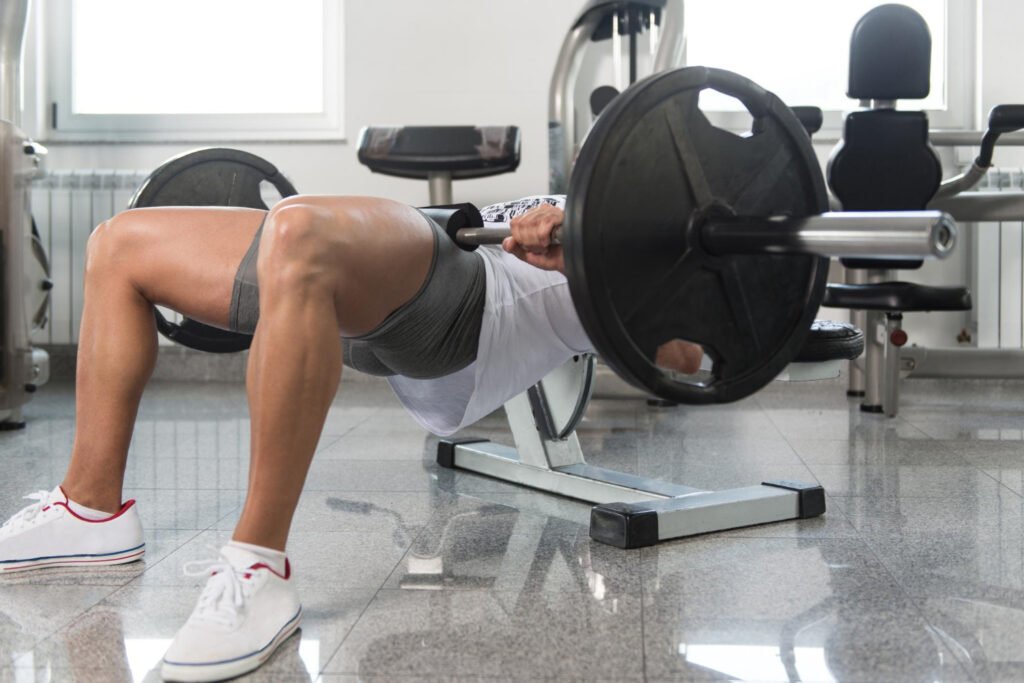
To maximize the effectiveness of these barbell exercises for your hamstrings, aim for 3 to 4 sets of 8 to 12 repetitions per exercise. Adjust the weight according to your strength and fitness level, ensuring that the final few reps are challenging but still allowing you to maintain proper form.
As you progress, gradually increase the weight while maintaining a consistent number of sets and reps to continue challenging your muscles and promoting growth.
For advanced lifters or those focusing on strength gains, lower the rep range (6-8) with heavier weights. Conversely, if you are new to weight training or targeting muscular endurance, opt for higher reps (15-20) with lighter weights.
How to Incorporate Barbell Exercises For Hamstrings into Your Workout
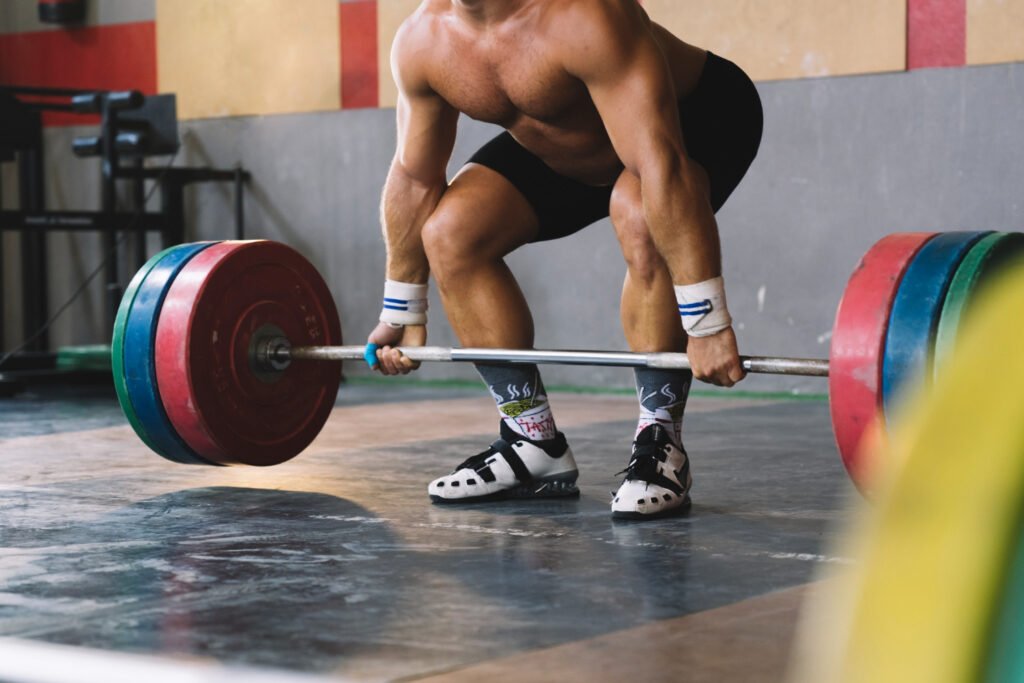
Incorporate barbell exercises for hamstrings into your workout by including them in a lower body training session. Adjust the weight and reps based on your fitness level, ensuring proper form and technique during each exercise.
Sample hamstring workout routine
Start your hamstring workout routine with 3 sets of barbell straight leg deadlifts, aiming for 8-12 reps per set. Then, move on to barbell hip thrusts for another 3 sets of 10-15 reps each.
Follow this up with barbell Romanian deadlifts, performing 4 sets of 6-10 reps to really target those hamstrings. Finish off with landmine sumo squats, completing 3 sets of 12-15 reps for a strong and balanced lower body workout.
Include these exercises in your training regimen to strengthen and sculpt your hamstrings as well as promote overall lower body strength and stability.
Common Mistakes
Using too much weight is a common mistake in barbell exercises for hamstrings. This can lead to poor form and increase the risk of injury. It’s important to choose a weight that allows you to maintain proper technique throughout each exercise.
Neglecting warm-up exercises before engaging in barbell workouts for hamstrings can also be detrimental. Skipping warm-ups may lead to muscle strains or other injuries. Ensure that you properly prepare your muscles with dynamic stretches and activation exercises before diving into your main workout routine.
Choosing the right weight
When selecting the right weight for barbell exercises targeting the hamstrings, it’s essential to find a balance between challenging yourself and maintaining proper form. Start with a weight that allows you to perform the exercise with correct technique while still feeling resistance in your hamstrings.
Gradually increase the weight as you become stronger, aiming for a level that pushes your muscles without compromising your form. Pay attention to how your body responds during each set, adjusting the weight accordingly to ensure consistent challenge and progression.
To determine an appropriate starting weight, consider your current strength levels and aim for a load that allows you to complete the recommended number of sets and reps with good form.
Tips for training and targeting the hamstrings
To effectively train and target the hamstrings, focus on exercises that involve hip extension and knee flexion. Use a variety of compound movements such as deadlift variations, lunges, and hip thrusts to engage the entire hamstring complex.
Incorporate isolation exercises like hamstring curls to fully activate these muscles. Keep your feet flat on the ground during exercises to ensure maximum engagement of the hamstrings while maintaining proper form.
Utilize a mix of heavy, moderate, and high-repetition training to challenge the hamstrings from various angles and intensities. It’s essential to prioritize flexibility through regular stretching routines for well-rounded hamstring development.
Conclusion
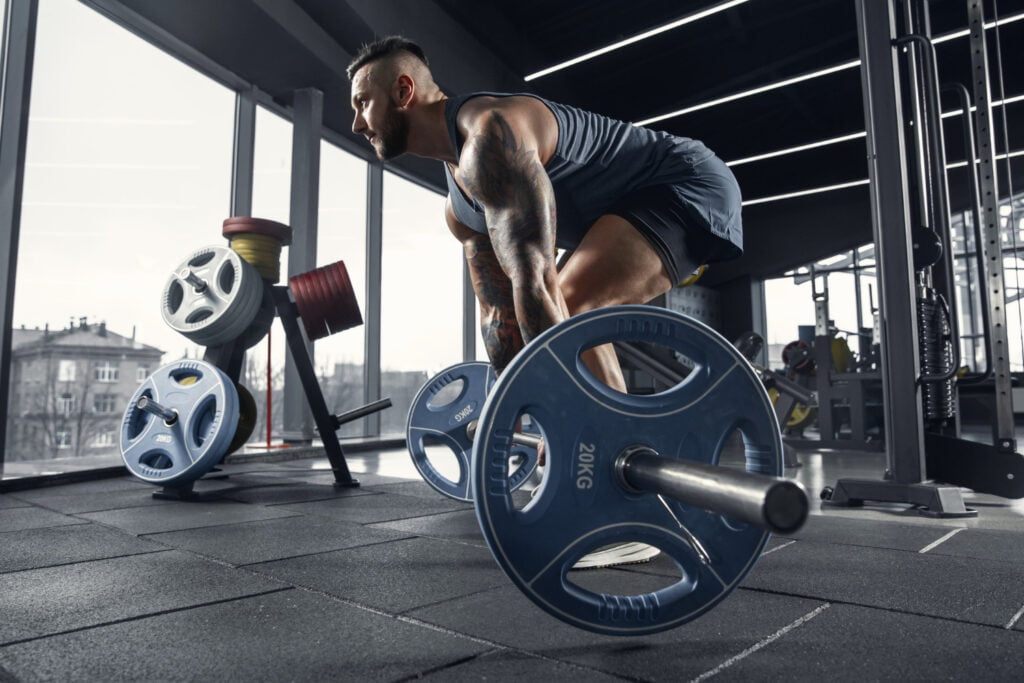
Incorporating these barbell exercises for hamstrings into your workout routine can lead to stronger, more resilient hamstring muscles. These simple yet effective exercises offer practical and efficient ways to target and develop the hamstrings.
By prioritizing these exercises, you can significantly improve athletic performance and reduce the risk of injury. Additionally, consider seeking guidance from a personal trainer to maximize your training potential.
Embrace the opportunity to enhance your lower body strength with these essential barbell exercises for hamstrings.
FAQs
1. What exercises focus on strengthening hamstrings?
Barbell back squats, conventional deadlifts, and Bulgarian split squats target your hamstrings effectively. These compound exercises also engage the muscle groups around your butt, lower back, and adductors for comprehensive leg strength.
2. Can I use free weights to strengthen my hamstrings?
Yes! Free weights like barbells are fantastic for hamstring development. Exercises like Romanian deadlifts and stiff-legged deadlifts allow you to tailor the weight to suit your level of fitness and progress over time.
3. How does eccentric training benefit my hamstrings?
Eccentric training focuses on lengthening the muscle under tension—think of lowering a barbell slowly into a squat position. This type of exercise can significantly reduce the risk of hamstring strains by enhancing muscular control and flexibility.
4. Are there any exercises that specifically target the hip extensors alongside the hamstrings?
Absolutely! Conventional deadlifts are a powerful way to build strength in both the hip extensors and hamstrings simultaneously because they require a coordinated effort from these muscle groups during each lift phase.
5. If I have limited equipment, can I still work out my hamstrings effectively?
Definitely! Although kettlebells or even bodyweight alternatives might not replace barbells in terms of maximum weight lifted, movements such as single-leg deadlifts ensure effective hamstring engagement when access to traditional gym equipment is restricted.
6. How do sumo deadlifts compare with conventional ones for hamstring development?
Sumo Deadlift will activate more adductor muscles (which help move your legs toward your body’s midline) due to its wider stance compared to conventional lifts but it remains an excellent practice for strengthening those ever-important posterior leg muscles including your Hamstring along with flexors near the ankles due to varying angles engaged during this unique lift style.

Author
Years ago, the spark of my life’s passion ignited in my mind the moment I stepped into the local gym for the first time. The inaugural bead of perspiration, the initial endeavor, the very first surge of endorphins, and a sense of pride that washed over me post-workout marked the beginning of my deep-seated interest in strength sports, fitness, and sports nutrition. This very curiosity blossomed rapidly into a profound fascination, propelling me to earn a Master’s degree in Physical Education from the Academy of Physical Education in Krakow, followed by a Sports Manager diploma from the Jagiellonian University. My journey of growth led me to gain more specialized qualifications, such as being a certified personal trainer with a focus on sports dietetics, a lifeguard, and an instructor for wellness and corrective gymnastics. Theoretical knowledge paired seamlessly with practical experience, reinforcing my belief that the transformation of individuals under my guidance was also a reflection of my personal growth. This belief holds true even today. Each day, I strive to push the boundaries and explore new realms. These realms gently elevate me to greater heights. The unique combination of passion for my field and the continuous quest for growth fuels my drive to break new ground.





